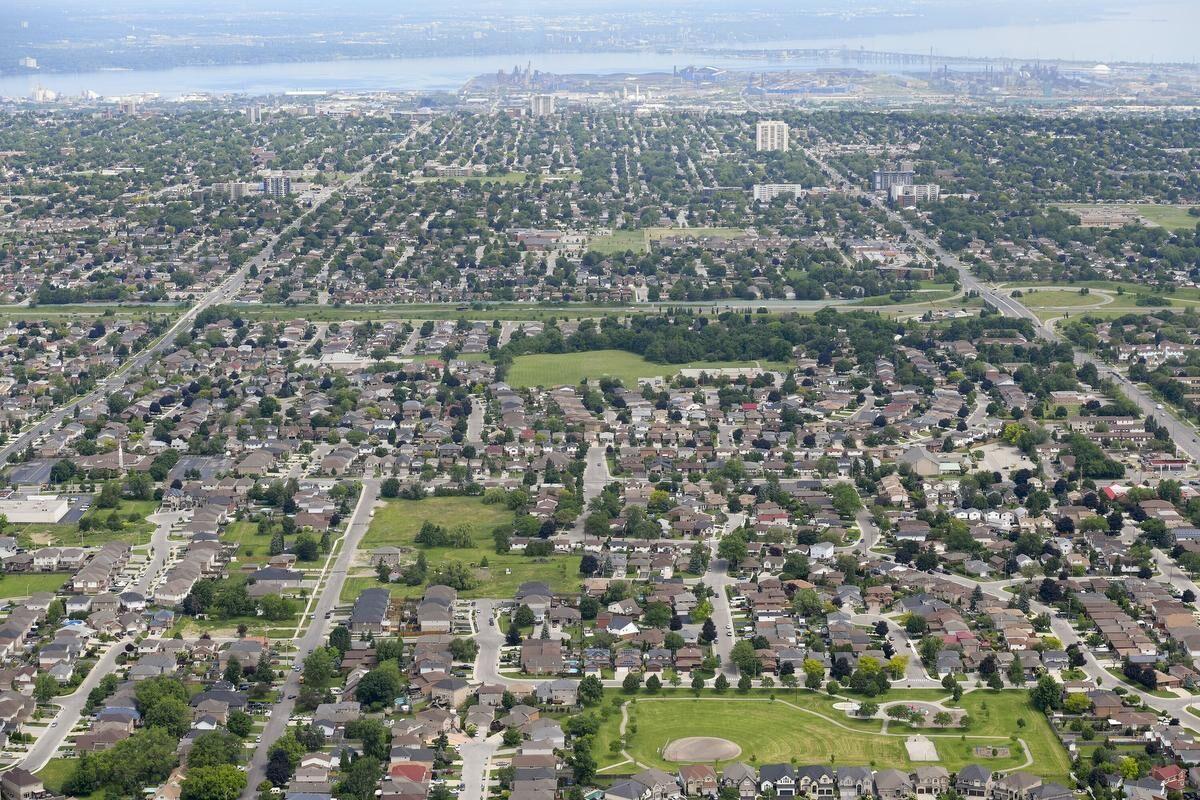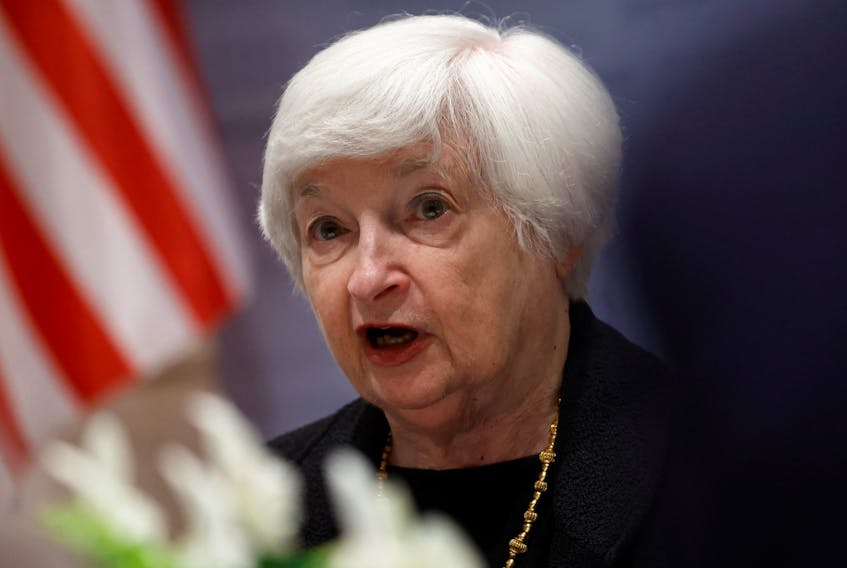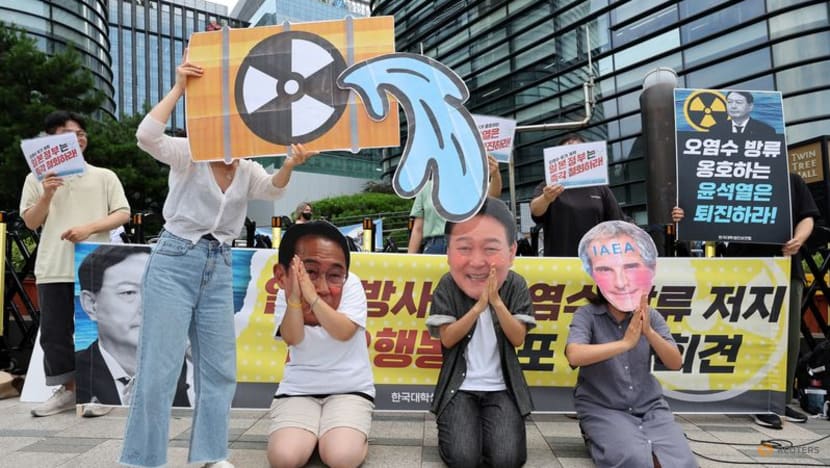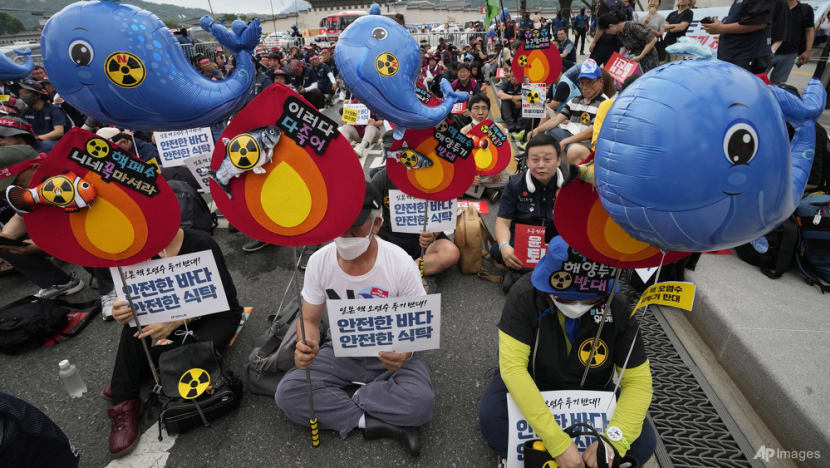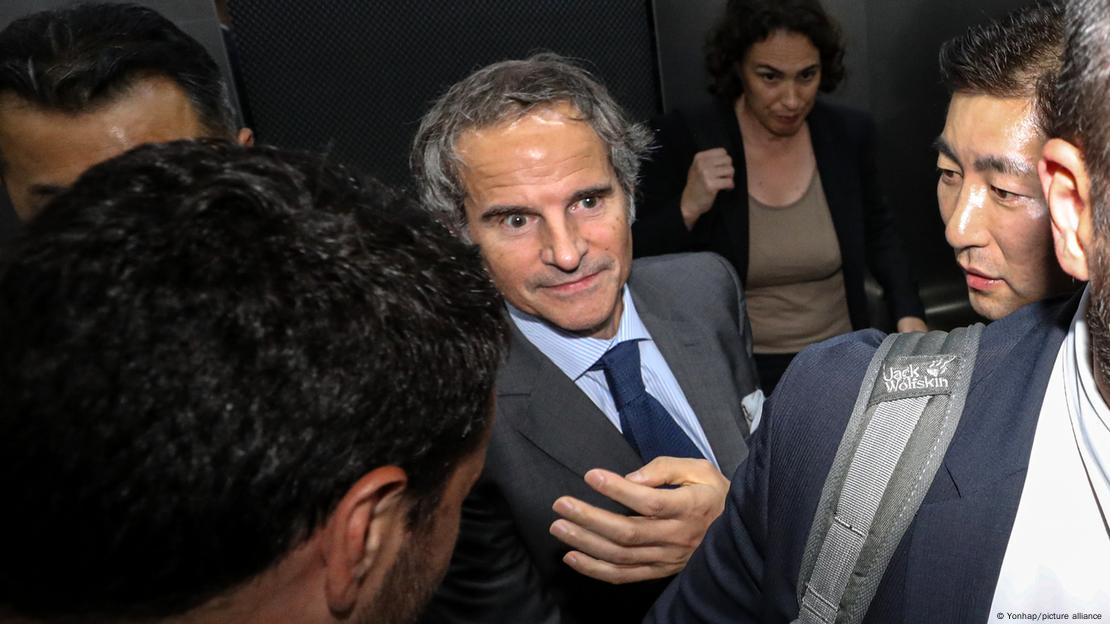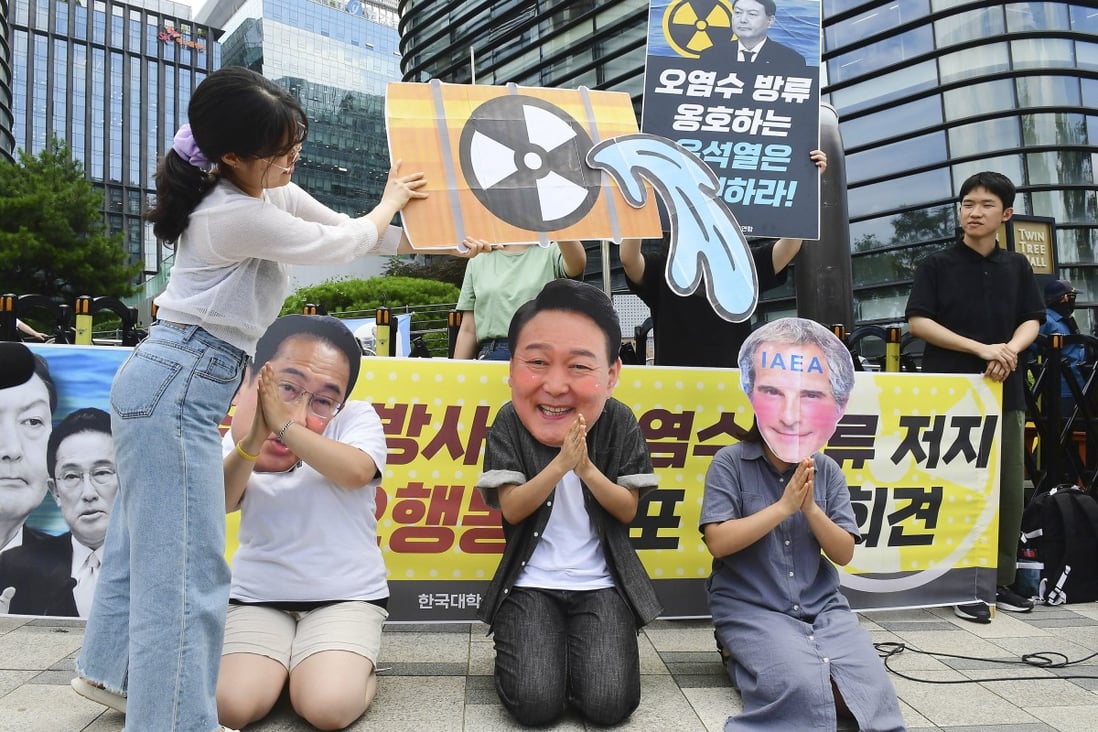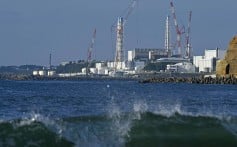Innovation, collaboration, education emerge as themes of N.W.T. climate conference
3-day conference intended to inform the territorial government’s next strategic framework
To tackle our climate crisis, Richard Nerysoo says we can't be paralyzed by fear.
Nerysoo, a former N.W.T. politician, is now an "energy champion" with a federal initiative that supports remote Indigenous communities to reduce their reliance on diesel. He participated in a three-day conference this past week engaging residents, government representatives and industry on what is working and not working in the territory's plan to address climate change.
Input from the sessions is intended to inform a review of the 2019-2023 action plan, and contribute to developing the next strategy.
"Because we fear, we don't take responsibility, and because we don't take responsibility — we don't take action," Nerysoo said Friday, on the final day of the event.
Nerysoo suggested some of that action start with including Indigenous people on boards and renovating homes to be more energy efficient rather than always building new. He said industry is also learning it has social responsibility in remediating sites.
"To have markets, change has to happen," he said.
Robert Sexton is the director of energy for the government of the Northwest Territories and president of the board of directors of Arctic Energy Lines. Like Nerysoo, he said industry is changing and economics and environmentalism don't need to be at odds.
"Investors want to see more sustainable mining, lower carbon mining, so the change is going to happen I think and it looks like that's the way it's going to go everywhere."
Sexton said events like the conference help channel diverse perspectives into a shared goal.
"You have people from around the N.W.T. communities, Indigenous governments, leaders, NGOs, in this type of structured environment, there's a lot of things being said that we would never think of and absolutely need to take into account."
As far as how the event will inform the territory's next climate plan, Sexton says it's too soon to say.
In addition to the conference participants, the territory is collecting feedback from Indigenous governments and the public through an online portal until August 22 — though Sexton said he and his team would be happy to take feedback anytime.
He said that will then be packed into a report, which will help to inform the territory's next government.
Vince Teddy, a hamlet councillor in Tuktoyaktuk, said he's thinking about how best to communicate the issues to get the help his community, and the North has been asking for.
He said leadership in Tuktoyaktuk and the Inuvialuit region have been proclaiming the dangers of rising sea levels and permafrost thaw for over a decade.
"Finally over the last two years, there's been some action taken by the federal government and finally they've come across to say 'We hear you, we understand where you're coming from, we'll help you out to do mitigation, to look at ways to continue to live where you're living today as best as possible.'
But we know the reality is we gotta move 50 years from now. We have to be out of there. So that's the stage we're at."
Zain Ali, the education program manager with the environmental non-profit Ecology North, said educating on climate change is an important step in motivating people to take action.
"Finding a way to take all of this information and make it digestible not only for the general public but also for youth and children that will end up using this as kind of a pathway to careers that they might take on to address this."
Ali also emphasized that through continued teamwork, it is possible to move toward a greener world. But it has to be ongoing.
"We all can enact change," he said. "We've talked a lot about collaboration and coordination, it just needs to continue. It can't just happen just at conferences where we see each other, we make great relationships and then we don't see each other again for a certain amount of time.
It'll be really nice if there was a way to kind of coordinate all the relationships that have been built."




